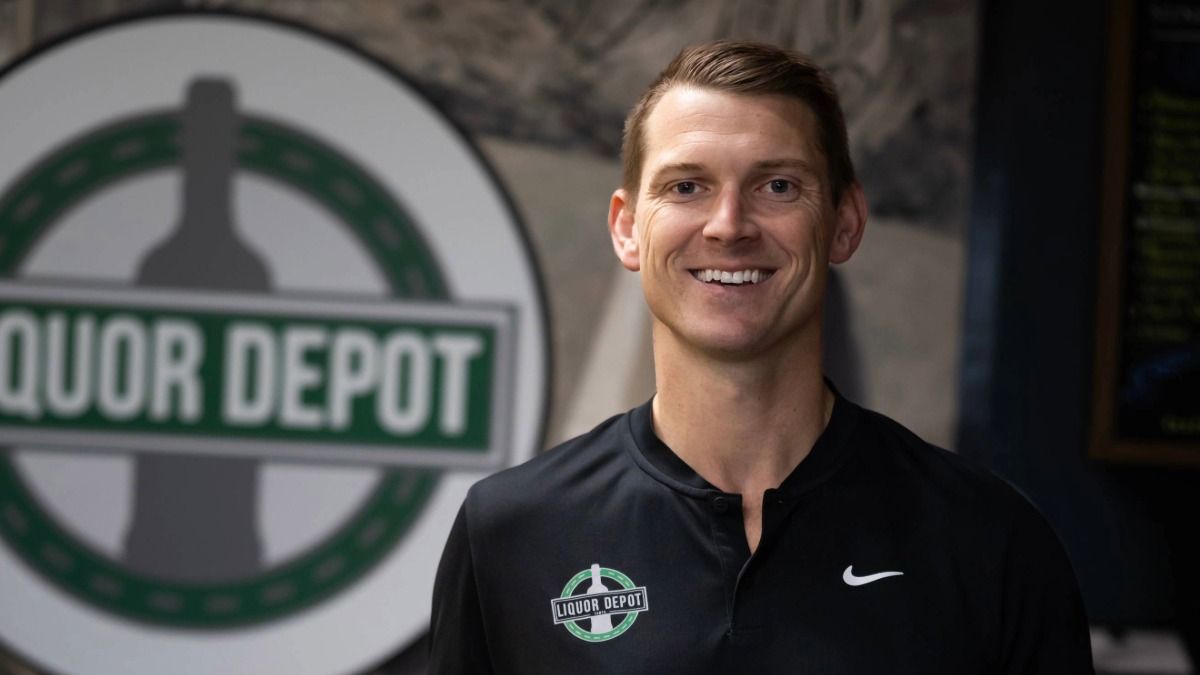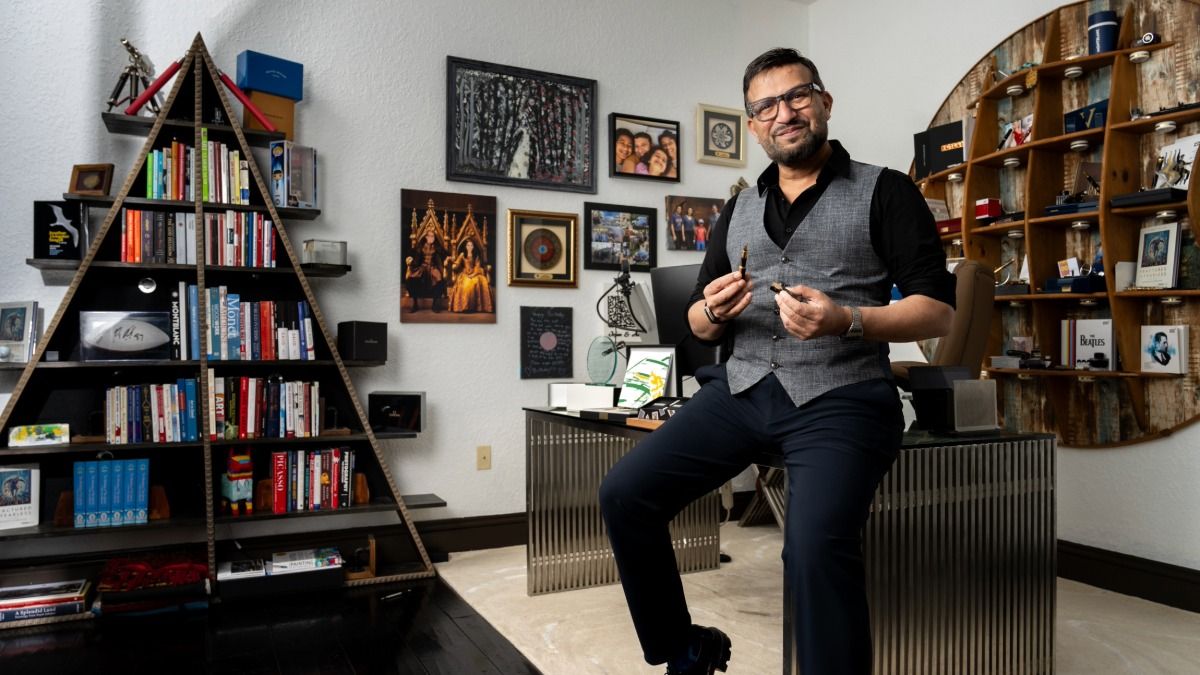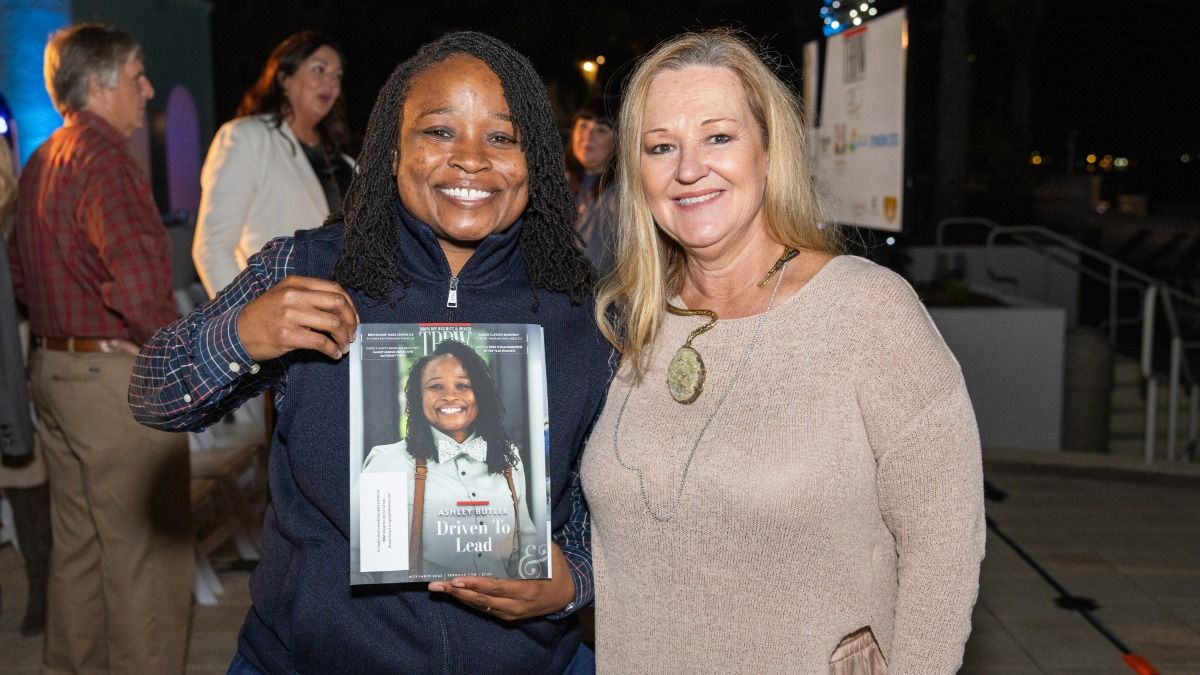Responsive, adaptive organizations invest time upfront to make future work easier. I call this frontloading.
One simple, impactful and repeatable way to frontload work is by performing a team agreement at the start of a project or when forming a new team.
Ever had a terrible roommate? Imagine how much time and energy you could have saved by getting clear about your boundaries with that person before they left dishes in the sink for two weeks?
I’ve worked with hundreds of teams during my career and I know team agreements are a game-changer. If you do them.
At the moment you’re reading this, I am in the middle of a project with several other business owners in the Tampa Bay area. At the start of the stay-at-home order, we agreed the best use of our energies was to help others struggling, or unemployed, as a result of the pandemic. Excited, and full of hope, we hopped on Zoom and started to divvy up tasks. “You start fundraising, I’ll handle operations, we will all procure products … ,” and we’re off.
All was fine for a few days until the unknowns started to pop up like whack-a-moles.
One is not so bad; you can ignore one. But then another, then five, then 10 more. Who would have thought that requests for free stuff, asking people for donations and working with a team of people I’ve never met, during a global pandemic, would be so complex?
In retrospect, would I have changed my endeavor of this project? Probably not. It’s given me purpose, fulfillment and a challenge during this time. If you’re a leader like me, a time without any of those things is pure torture.
What I would change is how I showed up for that team at the start.
One hour of getting explicit, with a team agreement, could have alleviated dozens of hours of rework, hundreds of unchecked conspiracies and avoided confusion on roles, responsibilities and expectations.
Said differently we could have been much more successful, and much happier.
A team agreement looks something like this:
Team Purpose
❏ Why does this team exist?
❏ What is our definition of success?
❏ How do we know we’ve reached success or gone too far?
Beneficiaries
❏ Who are we serving?
Structure
❏ Who’s on the team and what are our roles?
❏ How often do we meet and why?
❏ What technology do we use to stay connected?
❏ How do we share our work?
Accountabilities
❏ What is expected of all team members?
❏ What are the top two or three accountabilities of this team?
Decision Rights
❏ What can we decide alone? What do we need approval for?
This space is also the perfect time to establish boundaries with your teammates. All those annoying little things about people that get in the way of doing good work—but we can never say anything about it because that would be impolite, right? Wrong. Clear is kind.
Establishing boundaries means being explicit about what is OK and what’s not OK.
If you’re the leader, it’s your responsibility to help the team understand what is most important to you and what is not.
If you’re an individual contributor, boundaries could be more personal. How do you work best? Are you OK with 10 p.m. phone calls?
Ultimately the decision to act is up to you, the leader. ♦
Kim Linton is the owner of 1Light Daring Leadership & Facilitation. She works with individuals, and teams, who want to make work modern, courageous and intentional. She is a certified “Dare to Lead” facilitator and provides agile, repeatable, profitable solutions for teams. Reach her at [email protected] and see more at weare1light.com.













